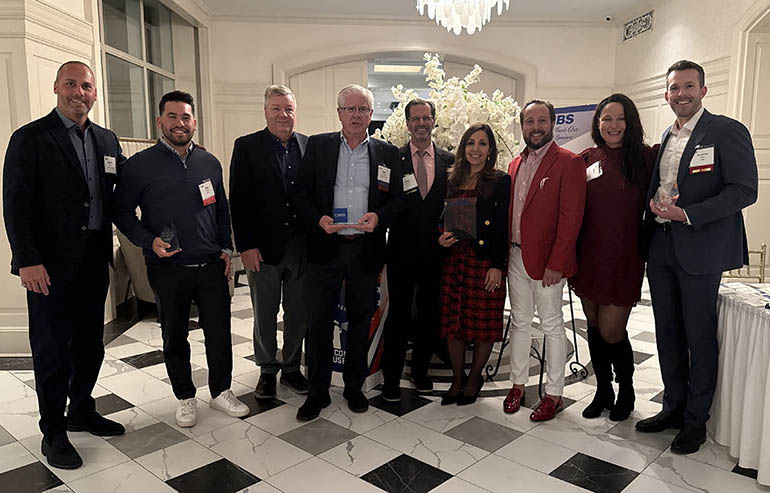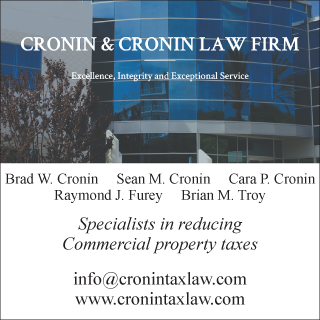The evolving relationship of environmental consultants and the lending community - by Chuck Merritt

When Environmental Site Assessments (ESA) were first part of commercial real estate risk management, it was the lenders driving this requirement. When a borrower wanted a loan on a property, banks would utilize a list of “Approved Consultants” to order the report on both refinances and purchases. The American Society of Testing Materials (ASTM) standard was first issued in 1994 to provide direction on what should be included in these “Phase One” reports. Since that standard has been revised over the years, so has the need to better understand the nuances of the changes and how lenders rely on them.
Designed to point out potential environmental risks to a purchaser of “real property” the ASTM standard provides protection within the Comprehensive Environmental Response Compensation Liability Act (CERCLA) law to a buyer about Recognized Environmental Conditions (REC’s) that may exist. Updating reports done for prior entities to a new purchasing entity will not provide that protection. Therefore, a new report should be prepared by a consultant the buyer is comfortable with.
The ASTM body revises the standard every 5-8 years culminating with the recent E-1527-21, which was approved on February 13, 2023 and scheduled to be the only recognized standard of meeting the All Appropriate Inquiry (AAI) rule in February of 2024. Consultants are more cautious as the latest standard is more comprehensive then the prior versions.
Since interest rates have been historically low for the past decade, many environmental reports were conducted as part of a refinance and ordered by a lender. During that process, owners are not very interested in finding out about an environmental problem on something they already own but needed to allow that process to play out. With interest rates rising quickly over the past two (2) years, the industry may very well see lenders providing financing primarily to buyers who are willing to accept higher interest rates.
These may be the cash buyers that have been sitting on the sideline waiting for opportunities. Those investors will probably have environmental reports that were prepared as part of their due diligence shortly before contacting a lender. These reports may have been prepared by companies the lender is not familiar with so an internal or external professional will most probably review the work performed and determine if it meets the lender’s standard of care.
Escrow accounts to address contamination may become more common. Since many loans going forward may be for a purchase, the borrower may not have the ability to address environmental impacts before the closing. At this point, a quality phase one and phase two investigation should be in place. These efforts will afford the client with costs to cure for most situations. Lenders can establish benchmarks for releasing funds from the escrow account like construction loans. Many environmental projects can be handled quickly in which this money can be released at one time. In situations where a regulatory sign-off may be required, the final release of the remaining funds can be held until this time. More complicated and enduring projects that may take several months or years to complete, can have multiple dates to petition for funds to be released. A consultant representing the borrower can communicate with the lender to make sure everyone is on the same page.
Some of the other evolutions of the consultant-lender relationship include utilizing an online portal for consultants to submit their prices vs a loan officer or administrative person personally calling companies on the approved list for quotes. In addition, increased insurance requirements are more common. As the cost of everything has been going up so have investigations and remediations of contaminated sites. Therefore, lower levels of coverage on the pollution and umbrella policies may no longer be acceptable to a lender vetting their “approved list”.
Environmental regulators in all states have better capabilities than ever before as well so the once referred to “file filler for closing” environmental report commissioned by a lender from a small group of “approved firms” in all situations, has evolved into an important part of due diligence for a buyer. Understanding the risks presented from the current and historical usage at both the target property and neighboring sites and how to address those impacts are important for all stakeholders to understand, including a future lender.
Chuck Merritt, LEED AP, is the president of Merritt Environmental Consulting Corp., Hauppauge, N.Y.
Suffolk County IDA supports expansion of A&Z Pharmaceuticals


The evolving relationship of environmental consultants and the lending community - by Chuck Merritt
When Environmental Site Assessments (ESA) were first part of commercial real estate risk management, it was the lenders driving this requirement. When a borrower wanted a loan on a property, banks would utilize a list of “Approved Consultants” to order the report on both refinances and purchases.








.gif)
.jpg)